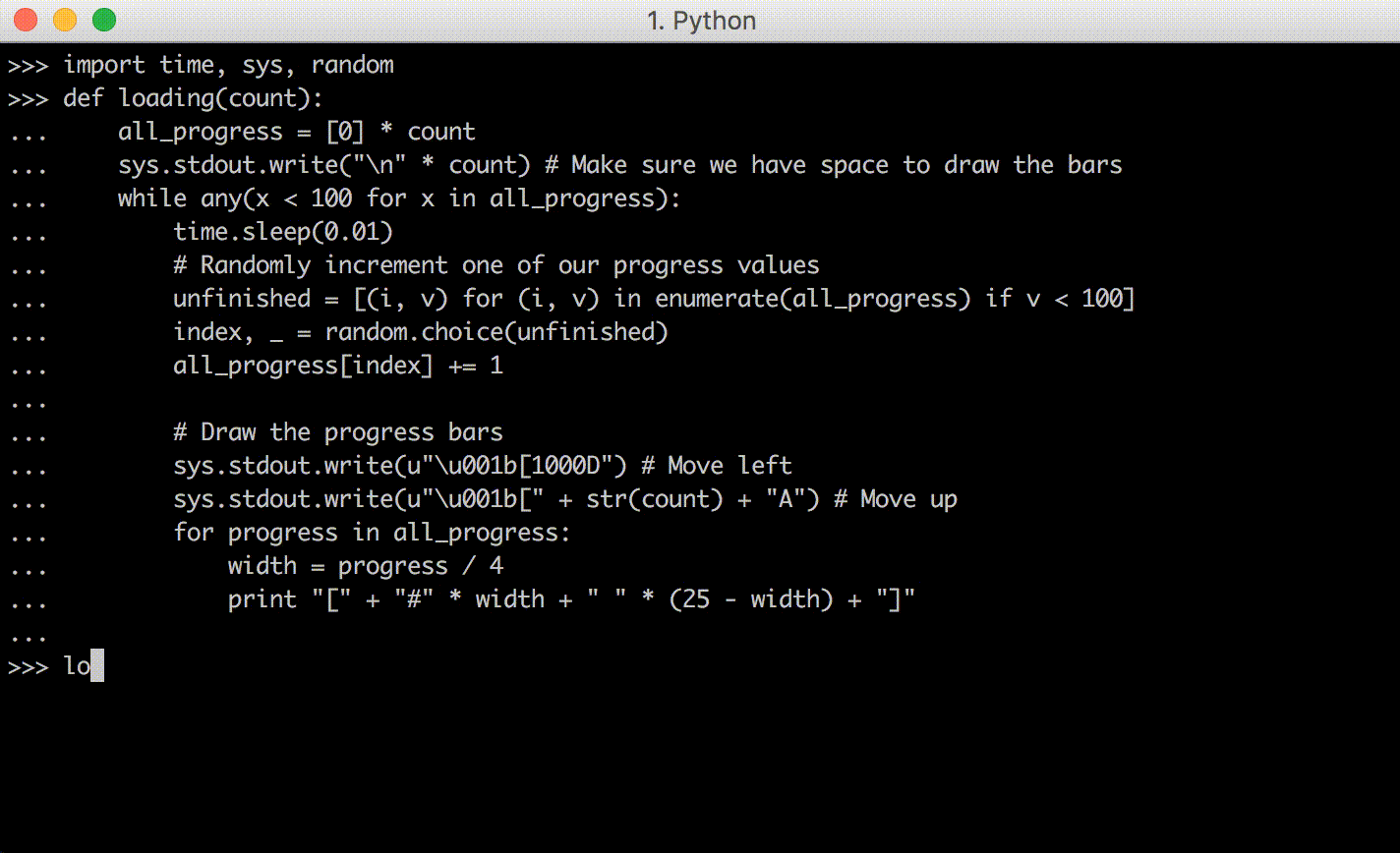

- #Ansi escape sequences function keys manual
- #Ansi escape sequences function keys code
- #Ansi escape sequences function keys ps2
- #Ansi escape sequences function keys free
This is done by customizing the Bash prompt as usual but in root's home directory, /root. To ensure that you know when you are running as root, you can customize your root prompt to make it clearly stand out (perhaps blinking red?). Alternatively, you can trap Bash's DEBUG signal, which is sent right before each command is executed: In order to insert escape sequences after you type a command but before the output is displayed, you can set PS0. However this effect will also continue through the command's output since the text properties are not reset when you hit Enter. For example, inserting tput blink at the end of your PS1 will make your typed commands blink. You can affect your input text in Bash by not resetting the text properties at the end of your PS1. Tip: If the PROMPT_COMMAND becomes too complicated, bash-preexec (an implementation of Zsh's preexec and precmd hook functions for Bash) may make it more maintainable. To prevent long commands from making your PS1 huge, you can define functions: PS1="$(awk '/MemFree/" /proc/meminfo) prompt > '
#Ansi escape sequences function keys free
For example, to add the amount of free memory to your prompt you might try: If you want to add the output of some command to your prompt, you might be tempted to use command substitution. In cases where Bash escape sequences are not supported (such as PS3) you can get a literal escape character using Bash's printf builtin: So for example, \e[48 5 209m sets the background to a peachy color (if you have 256 color support) and \e[2 2H moves the cursor near the top-left corner of the screen. Every escape sequence starts with a literal escape character, which you can input using the Bash escape sequence \e.
#Ansi escape sequences function keys code
See Wikipedia:ANSI escape code for examples of escape sequences. In that case you cannot use tput, you must input the escape sequence manually.

This is especially common with escape sequences for newer features such as 256 color support. Unfortunately, valid ANSI escape sequences may be missing from your terminal's terminfo database. The wrap will not work with command substitution, in which case the raw \1 \2 must be used. This helps Bash ignore non-printable characters so that it correctly calculates the size of the prompt. Note: Wrapping the tput output in \ is recommended by the Bash man page. Prints the escape sequence to set the foreground color to green. To get the escape code for a capability, you can use the tput command. For example, setaf sets the foreground color of whatever text is printed after it.

The capability names (the part before the =) can be looked up in terminfo(5) for a description of what they do. To see what capabilities your terminal supports, run These escape sequences can be somewhat illegible and can vary from terminal to terminal, so they are documented in the terminfo database. For example they might change the color of subsequent printed characters, move the cursor to an arbitrary location, or clear the screen.
#Ansi escape sequences function keys manual
See the man page bash(1) § PROMPTING or the Bash reference manual for a complete list of escape sequences.Īside from the escape characters recognized by Bash, most terminals recognize special escape sequences that affect the terminal itself rather than printing characters. So a PS1 of '\A \u $ ' would be printed like 17:35 username $. For example, \u is expanded into the current username and \A is expanded to the current time. When printing the prompt string, Bash looks for certain backslash-escaped characters and will expand them into special strings. While one can simply set their prompt to a plain string, there are a variety of techniques for making the prompt more dynamic and useful. The first character is repeated to indicate deeper levels.Īll of the prompts are customized by setting the corresponding variable to the desired string (usually in ~/.bashrc), for example It is displayed when debugging bash scripts to indicate levels of indirection. Usually you would customize it in the script where the select is used rather than in your.

Unlike the other prompts, it does not expand Bash escape sequences. It is the prompt displayed for Bash's select built-in which displays interactive menus.
#Ansi escape sequences function keys ps2


 0 kommentar(er)
0 kommentar(er)
